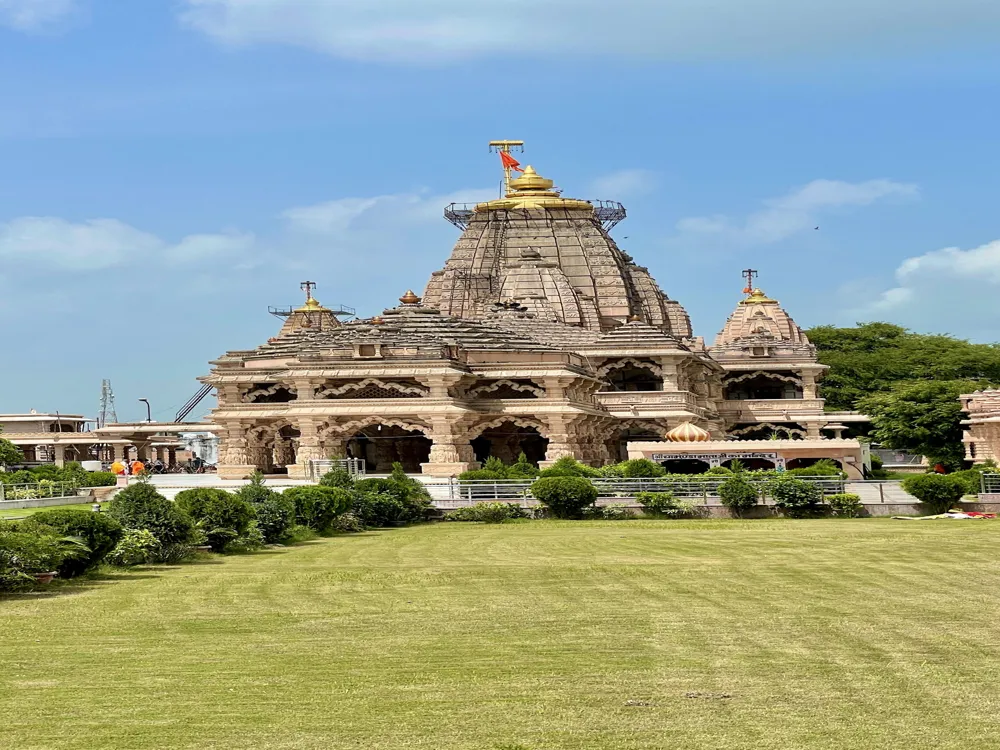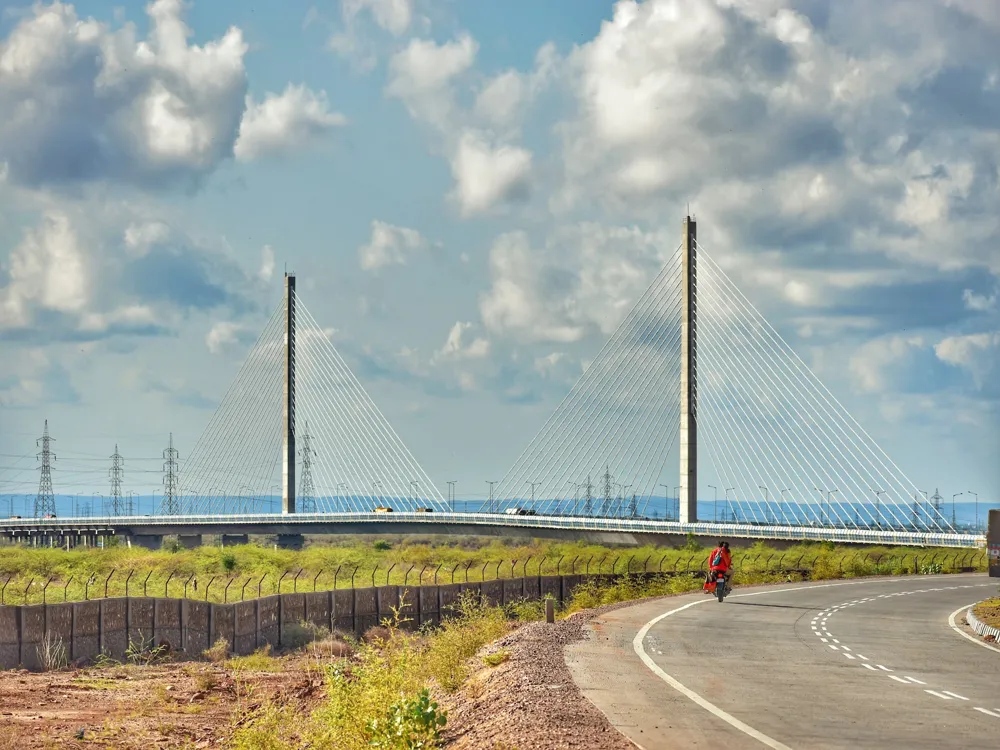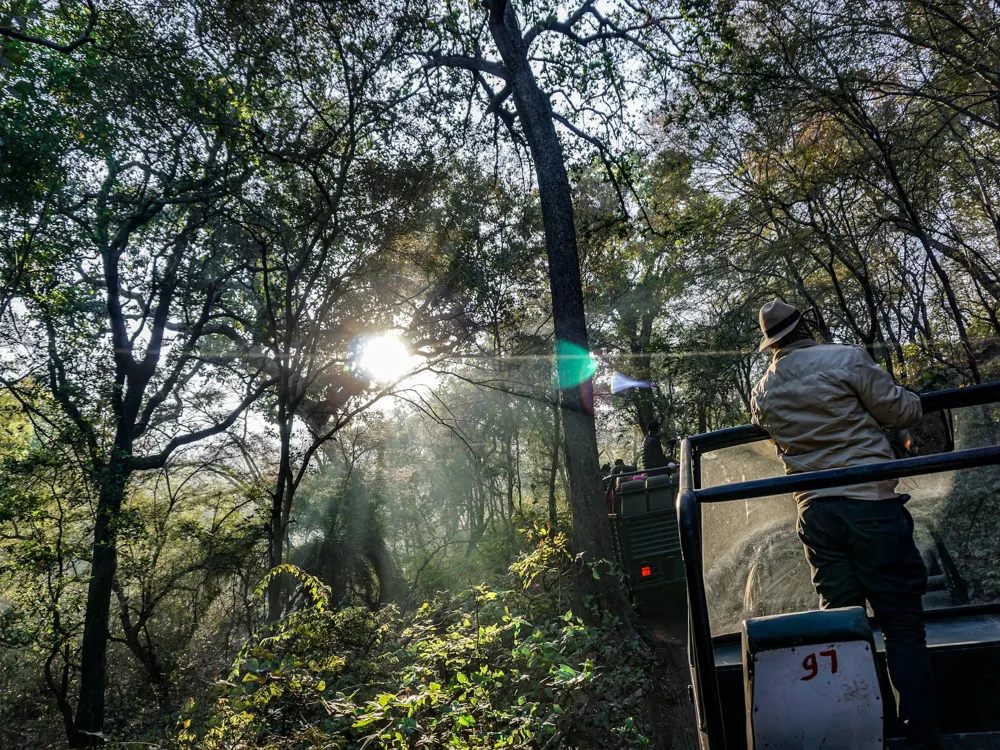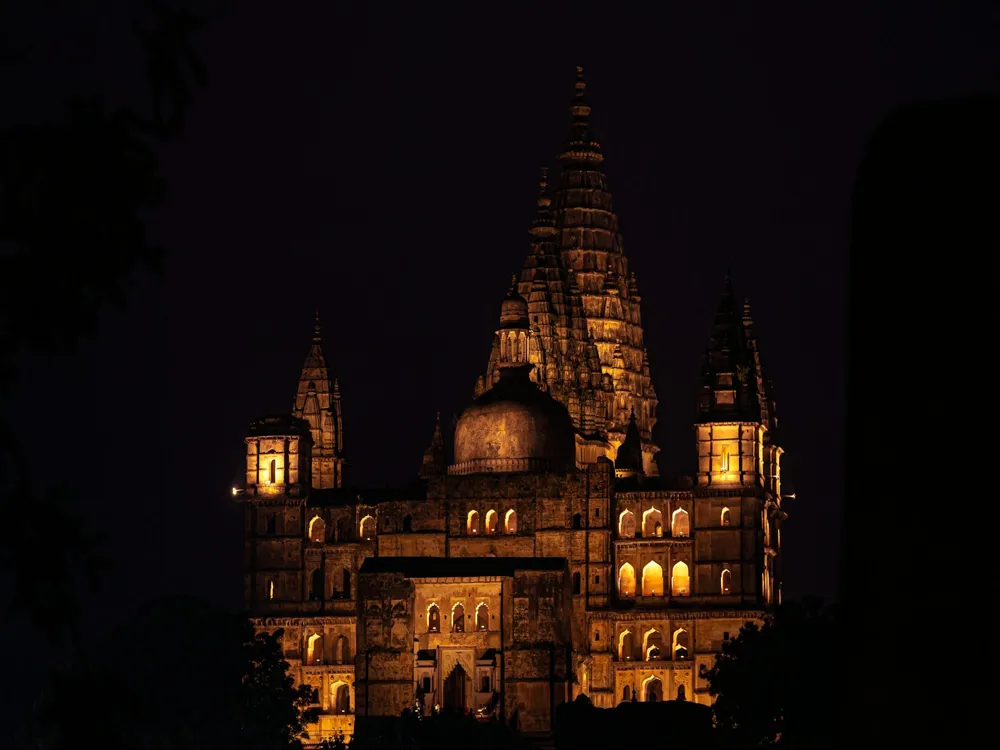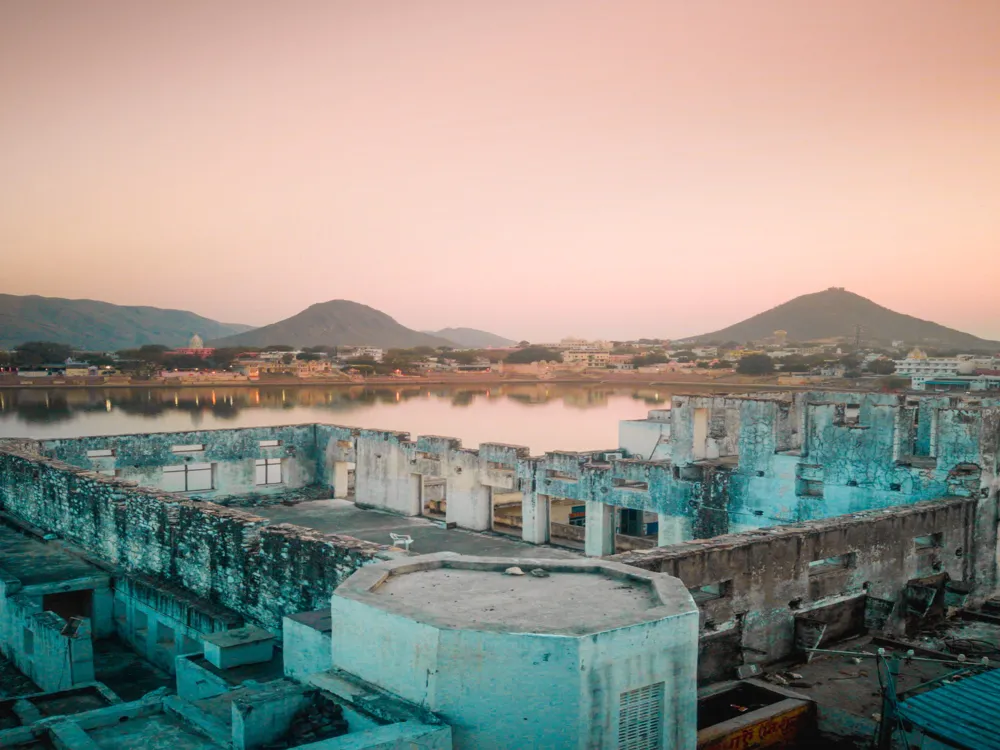Bhimsagar Dam, a significant landmark in Jhalawar, Rajasthan, is not only an engineering marvel but also a hub of social and economic activities. Situated in the picturesque landscape of Rajasthan, the dam has a rich history and serves multiple purposes, including irrigation, water supply, and flood control. This overview delves into the history, purpose, and impact of Bhimsagar Dam on the local community and environment. The Bhimsagar Dam, constructed in the mid-20th century, represents a significant step in the development of water resources in Rajasthan. The dam was built to address the water scarcity in Jhalawar and surrounding areas, which are known for their arid climate. Over the years, Bhimsagar Dam has not only revolutionized agriculture in the region but also played a crucial role in sustaining the local ecosystems and communities. One of the primary benefits of the Bhimsagar Dam has been the boost in agricultural productivity. The dam's reservoir provides a reliable source of water for irrigation, enabling farmers to cultivate crops throughout the year. This has led to a significant increase in agricultural output and diversification, contributing to the economic growth of the region. Beyond its economic impact, Bhimsagar Dam also contributes to the environmental well-being of the area. The creation of the reservoir has led to the formation of new habitats for various species of flora and fauna, enhancing biodiversity. Additionally, the dam plays a critical role in groundwater recharge and helps in maintaining the ecological balance in this semi-arid region. The architectural design of Bhimsagar Dam is a testament to the advancement in dam construction techniques and materials. This section explores the structural features, construction materials, and engineering techniques employed in the building of the dam, showcasing its significance as an architectural and engineering feat. Bhimsagar Dam features a unique structural design optimized for efficiency and durability. The dam's design includes a spillway to manage excess water during monsoon seasons, ensuring safety and longevity. Additionally, the dam incorporates state-of-the-art water control mechanisms to regulate water flow for irrigation and other purposes. The construction of Bhimsagar Dam involved the use of modern materials and innovative techniques. High-quality concrete, reinforced steel, and other durable materials were employed to ensure the dam's resilience against natural elements and time. The construction process also involved meticulous planning and execution, utilizing advanced engineering methods to overcome the geographical and environmental challenges of the region. The building of Bhimsagar Dam presented numerous engineering challenges, including dealing with the region's rugged terrain and extreme weather conditions. Innovative engineering solutions were applied to address these challenges, making Bhimsagar Dam an exemplary model of engineering prowess in dam construction. Visiting Bhimsagar Dam can be an enriching experience, offering insights into the region's culture, history, and engineering achievements. Here are some tips to ensure a memorable and safe visit to this remarkable landmark. The ideal time to visit Bhimsagar Dam is between October and March, when the weather is pleasant, and the scenic beauty of the area is at its peak. While visiting the dam, it's important to adhere to safety guidelines. Avoid restricted areas, and always follow the instructions of local authorities and signage. Bhimsagar Dam is surrounded by several attractions, including historical sites and natural landscapes. Take time to explore these areas to fully experience the beauty and culture of Jhalawar. Reaching Bhimsagar Dam is convenient from various parts of Rajasthan and neighboring states. This section provides information on the different modes of transportation available to access the dam. Bhimsagar Dam is well-connected by road. Regular bus services and taxis are available from major cities in Rajasthan, providing easy access to the dam. The nearest railway station to Bhimsagar Dam is in Jhalawar. From the station, visitors can hire local transport to reach the dam. For those traveling by air, the nearest airport is in Jaipur, the capital city of Rajasthan. From Jaipur, visitors can travel to Bhimsagar Dam by road or rail. Read More:Overview of Bhimsagar Dam in Jhalawar, Rajasthan
History and Significance of Bhimsagar Dam
Impact on Local Agriculture and Economy
Environmental and Ecological Contributions
Architecture of Bhimsagar Dam
Structural Design and Features
Construction Materials and Techniques
Engineering Innovations and Challenges
Tips When Visiting Bhimsagar Dam
Best Time to Visit
Safety Precautions
Exploring the Surrounding Areas
How To Reach Bhimsagar Dam
By Road
By Rail
By Air
Bhimsagar Dam
Jhalawar
Rajasthan
NaN onwards
View jhalawar Packages
Jhalawar Travel Packages
View All Packages For Jhalawar
Top Hotel Collections for Jhalawar

Private Pool

Luxury Hotels

5-Star Hotels

Pet Friendly
Top Hotels Near Jhalawar
Other Top Ranking Places In Jhalawar
View All Places To Visit In jhalawar
View jhalawar Packages
Jhalawar Travel Packages
View All Packages For Jhalawar
Top Hotel Collections for Jhalawar

Private Pool

Luxury Hotels

5-Star Hotels

Pet Friendly















